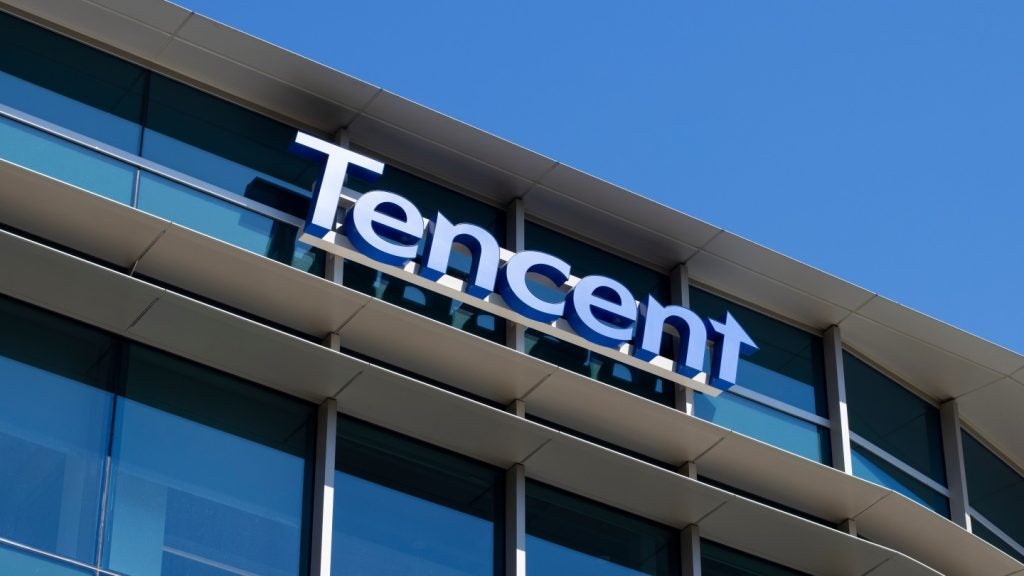

The presence of an industry cluster in a prospective market is often seen as a positive marker by companies in the process of selecting their next foreign direct investment (FDI) destination.
For foreign firms looking to set up operations in a new country, the presence of competition can help achieve economies of scale as others have already opened a path for them. Investing in areas with a good track record is also easier to achieve and is perceived to carry less risk.
“In FDI we typically see a ‘domino-effect’ of companies entering a market, being successful and then other companies following suit to gain their piece of the pie. This leads to industry clusters,” says Glenn Barklie, chief economist at Investment Monitor.
As it is often the case with FDI drivers, however, it depends on the company in question and what it is trying to achieve. Some companies generally prefer to have the so-called ‘first-mover advantage’ and therefore decide from the start to avoid areas where competitors already are.
Regardless of what a business’s philosophy is, multinational companies (MNCs) will typically carefully evaluate whether a market is too crowded for them to the point where they risk being squeezed out after setting up operations, and returning home with no profit made.
“Increased competition is not necessarily a bad thing,” argues Barklie. “For sure, it can lead to some businesses folding; however, it can also breed huge efficiencies, forcing companies to develop quicker than they may do in a more oligopolistic market. Companies may also find more value in being part of a supply chain and/or being able to network with their peers.”
How well do you really know your competitors?
Access the most comprehensive Company Profiles on the market, powered by GlobalData. Save hours of research. Gain competitive edge.

Thank you!
Your download email will arrive shortly
Not ready to buy yet? Download a free sample
We are confident about the unique quality of our Company Profiles. However, we want you to make the most beneficial decision for your business, so we offer a free sample that you can download by submitting the below form
By GlobalDataThe strength of community
The underlying value of an industry cluster is the community that revolves around it.
Three main poles of attraction can generally be identified: universities and technological research hubs; access to specialised providers, especially for the manufacturing industry; and access to talent.
Like for other drivers, the presence of industry clusters plays a more enticing role for operations in certain sectors.
If an original equipment manufacturer is looking to enter a foreign country’s automotive or aerospace sector, for instance, it is almost essential to be in an industry cluster in order to gain access to those crucial close links to other parts of the qualified supply chains.
Likewise, for sectors such as life sciences and biotech, access to universities, research hubs and an educated workforce is also normally facilitated by the presence of a cluster.
To a degree, some clusters are image driven. A cross-border financial company, for example, will feel it must have a presence in London. For an ambitious or global fashion company, there is a need to have Milan and Paris on the CV.
Data from Nomis and the UK government shows that employment in the information and communications technology (ICT) industry is growing alongside the number of FDI greenfield projects in the software and computer services industry. It is likely that one of the reasons why the UK is so attractive to software investors is that it offers a strong and growing ICT industry.
More specifically, the UK’s ICT industry grew at a compound annual growth rate of 2.34% between June 2011 and June 2020 and was the country’s third fastest-growing industry behind real estate activities (3.49%) and professional, scientific and technical activities (2.81%).
High concentration, however, is different from an industry cluster.
“An industry cluster can be characterised by the presence of regulatory bodies, universities, companies, specialised suppliers, all working in interaction and synergy within a particular industry sector,” says René Buck, CEO of site selection firm BCI Global. “Just the presence of many players within a certain industry sector does not guarantee that.”
Why a cluster needs synergy
The importance of synergy and high levels of cooperation and organisation are key markers of an industry cluster, according to Andreas Dressler, managing director at site selection firm Location Decisions.
“The question is to what degree a cluster is organised,” he explains. “About 15–20 years ago, Kraków in Poland was famous as a hub for back office operations. Suddenly, huge competition for work started to emerge, at which point one couldn’t really consider it a cluster. However, the industry came together and created an organisation called Aspire, which helped companies work together rather than against each other. That made Kraków a cluster for back office operations.”
Some clusters, however, are quite close by nature. Dressler points out that the city of Tuttlingen in Germany and the surrounding region is one of Europe’s leading medical technology clusters, home to more than 500 companies, including global players such as Karl Storz and Aesculap, part of the B Braun group, as well as numerous small and medium-sized enterprises.
“This cluster, like others, does not necessarily want big multinationals to enter and create competition for them,” he says. “Some of them have actively opposed such attempts in the past.”
Whichever its philosophy, whether that of a first mover or of a keener follower, MNCs need to carefully weigh up whether being part of an industry cluster is the most advantageous position to start from in a new market.
This article is part of a series on FDI drivers. The full list comprises:
- Overview
- Business environment
- Political stability
- Talent
- Education
- Clusters
- Domestic market size
- Quality of life
- Infrastructure






